NIH renews knockout mouse project for 3rd time
Drug Discovery World
SEPTEMBER 5, 2022
‘Knockout’ mice are bred in a laboratory with specific genes silenced or ‘knocked out’. The goal of this final phase is to produce and phenotype hundreds of knockout mouse models for genes with little to no known function, to better understand the genetic bases for diseases in humans and animals. .

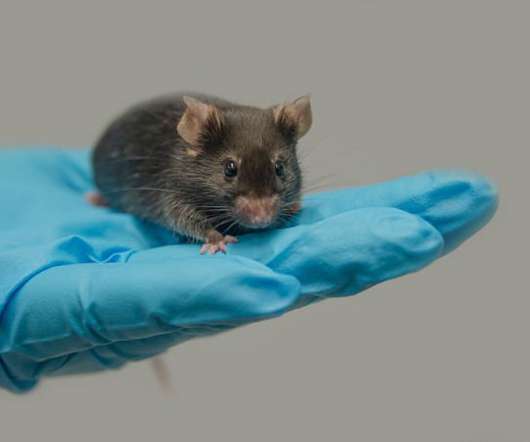
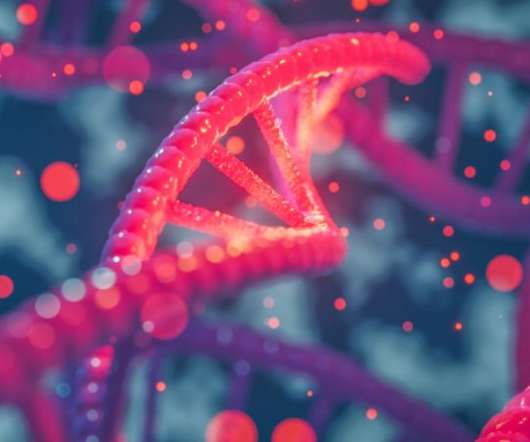
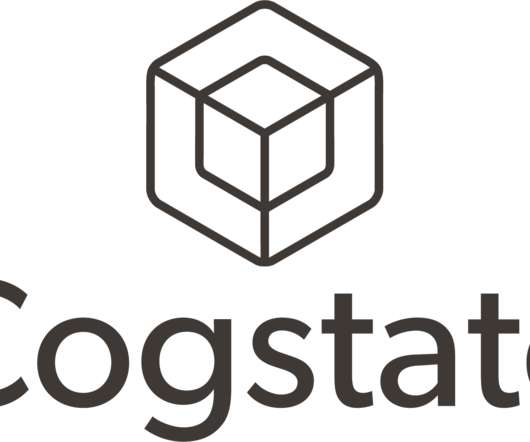
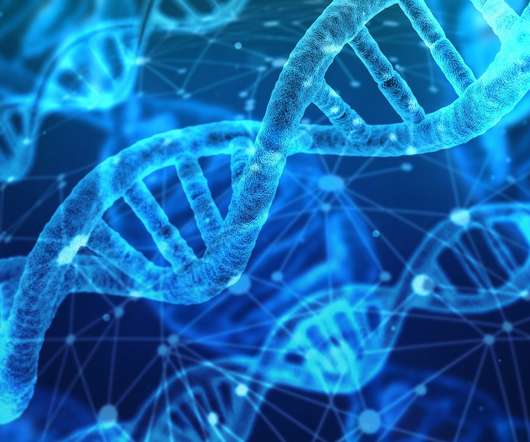
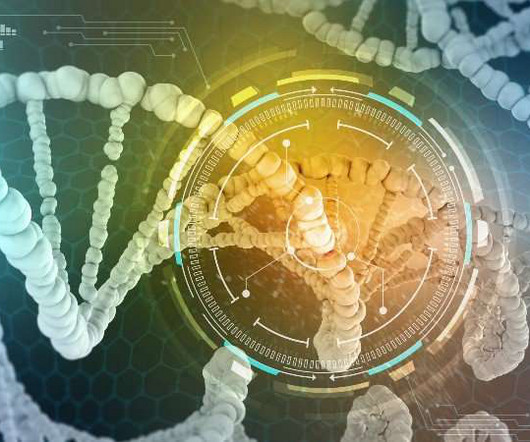








Let's personalize your content